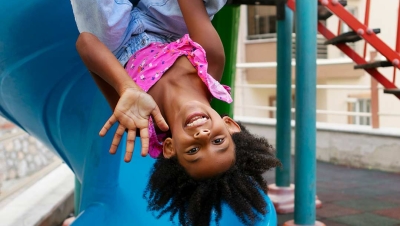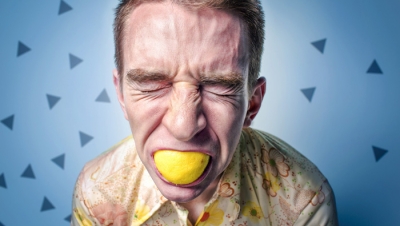Playground Safety came to public attention in the 1970’s. By 1981 the Consumer Product Safety Commission had developed playground safety guidelines. In the nineties, the American Standard for Testing Materials, ASTM, also became a part of playground safety by releasing a flurry of standards that affect materials used and designed. In addition to the safety requirements, the ADA Access Board mandated that playground designs be accessible to children of all ability levels. Today, it is difficult to find a playground company or a playground buyer that is not aware, at least at some level, of these documents and implications they have on safe play.
The dissemination of this information comes in many forms. Playground professionals have the interest and ability to purchase and study these documents. Playground company’s sales representative, for example, will treat his potential client to a mini-course on playground safety when he presents a particular design. A playground contractor may give an architect his first lesson in playground safety when they go on the job site and the concrete borders are too tight for the equipment or the area has too much slope. Attendance at trainings specific to playground safety from the National Playground Safety Institute, NPSI, for park and grounds managers and employees is another way in which the information is dispersed. Additionally, there is a playground safety certification and training program for play area supervisors from the National Program for Playground Safety, NPPS.
All in all, we seem to have a good handle on playground safety from the adult perspective; manufacturers, sales representatives, consultants, and builders. What proof do we have that this is true? How well are we learning and implementing what the safety guidelines are telling us about playground safety? It is a commonly known fact among playground professionals that 70 percent of injury incidents are a result of a fall to the surface. A perfect adult response to this can be seen across the nation. You would be hard-pressed to find a playground installed in the last five to 10 years without some type of fall resilient surfacing. I would venture to say there is rarely, if not ever, a new structure currently being installed over asphalt, concrete or grass.
This is all good, and as more adults become educated about playground safety, we are beginning to see a shift in the thought process about the issue of safety at the playground. Up until recently, the emphasis to teach playground safety to the users, (children) of the playground was rare. The safety surfacing analogy is a good example. In the past, adults responded to the need to provide safety surfacing under equipment because they know it can reduce the risk of incidents from falls to the surface. By the same token, a child can and should have the understanding that playing on equipment that had no safety surfacing can be dangerous. How will they learn this? The same way a child can learn that a hot stove plate will hurt him without ever having to actually get burned. Yes, children are in line as the next recipients of the playground safety boom and adults are charged with the responsibility of teaching it.
Many playground safety hazards are not readily apparent to a child. They have to be taught things like “Take the drawstrings off your hood” and “Don’t run in front of the swings.” Parents can take a big role in teaching children to play safe. School supervisors can do more than just break up an occasional squabble. Summer recreation camps by city recreation departments can be an excellent place to teach playground safety. Elementary school educators and physical education instructors are in the perfect location to teach safe playground behavior and injury prevention. Every school has a playground and every school has kids and every school is charged with teaching injury prevention as part of the health curriculum standard.
Bringing a playground safety program, or any new program, into a school can be a challenge. Most early childhood and elementary education teachers are already overloaded with what they are required to teach, then shy away from doing something new or introducing a program they have not used in the past. Because of rigorous state and national curriculum requirements, instructors are looking to capture the children’s attention in ways that are fun, quick, easy and above all, teach as many standards for their grade level as possible.
The best child playground safety awareness program to date comes from SLYDE The Playground Hound. Readers of Today’s Playground Magazine are familiar with the cartoon character, SLYDE. He appears in each issue of the magazine in cartoon style made to entertain and educate early childhood and elementary age children. This golden colored dog has a happy-go-lucky attitude that attracts children’s attention.
The SLYDE program is ideal for use in the public school system because it meets national and state curriculum criteria for health, language arts, and math from pre-K to 2nd grade. The SLYDE program for child playground safety awareness is based on injury statistics in which the injury could have possibly been prevented through education. According to the CPSC, “...incidents and the circumstances surrounding them illustrate the child’s lack of awareness of the inherent dangers.” Instructors teach the topics of playground safety through simple games, books, and fun activities right at the playground. Assemblies and public appearances by the SLYDE are available nationwide.
Children learn that SLYDE himself was hurt on a playground as a puppy. Now, all grown up, SLYDE is dedicated to promoting child playground safety awareness and injury prevention. Hopefully, we will begin to broaden our scope and focus to include the little people. Empowering children to contribute to their own well being through knowledge is really what playground safety is all about.













Add new comment